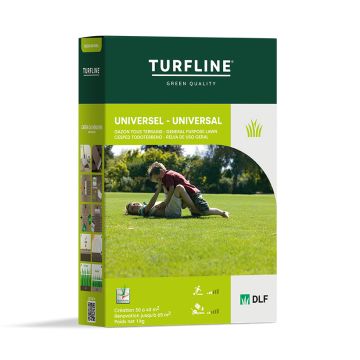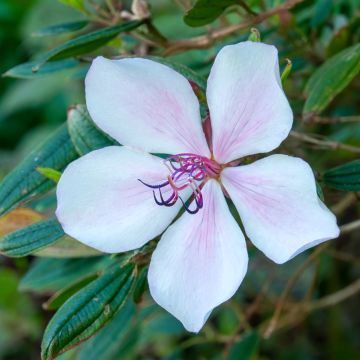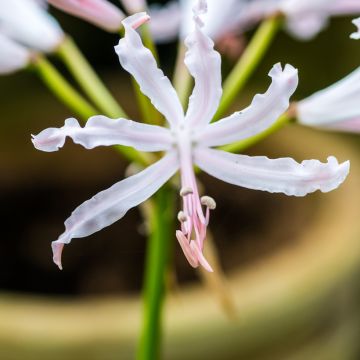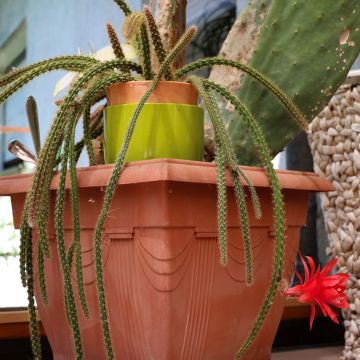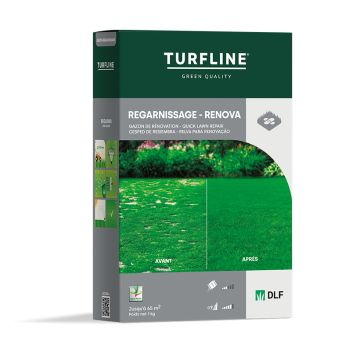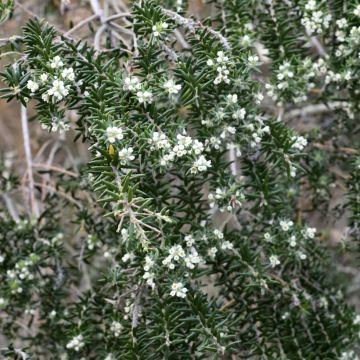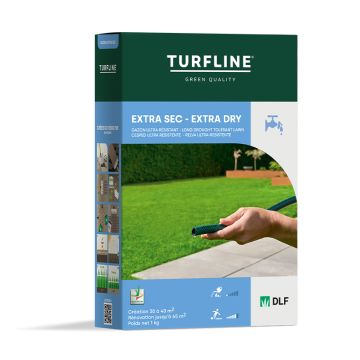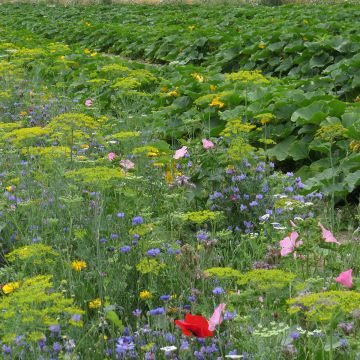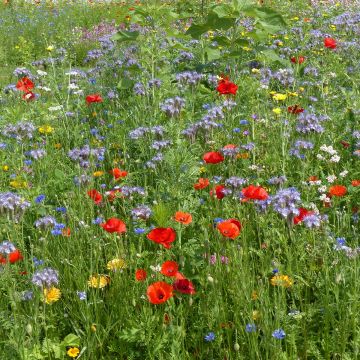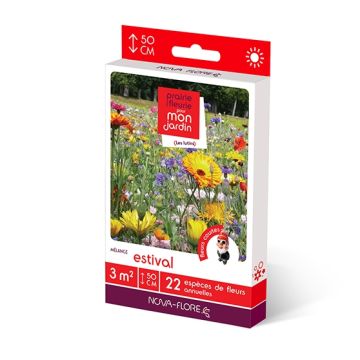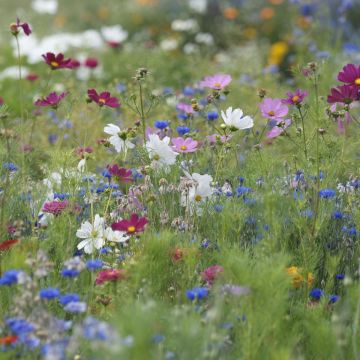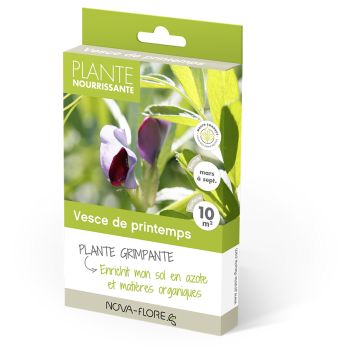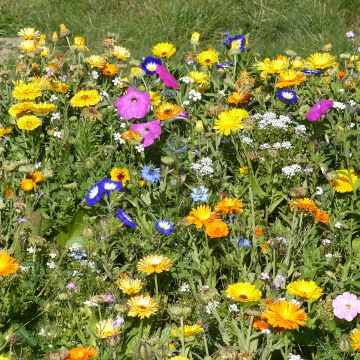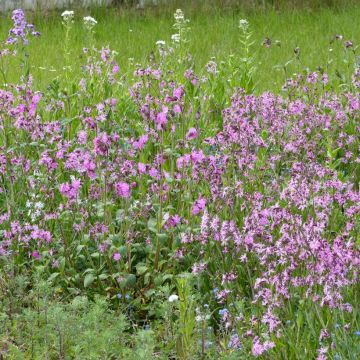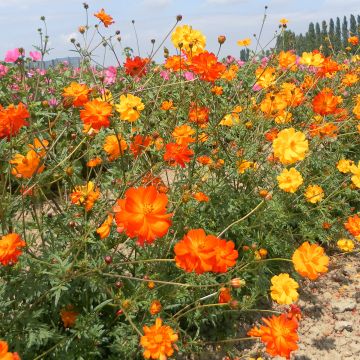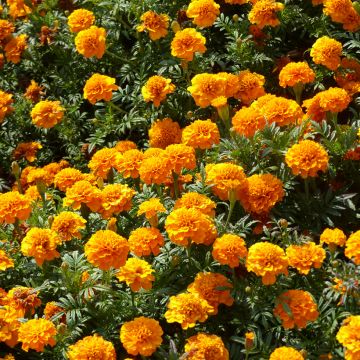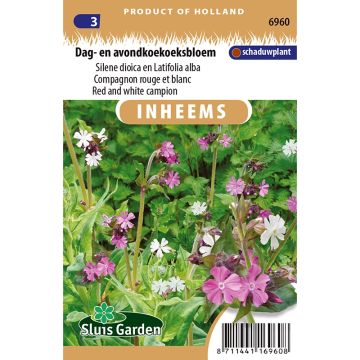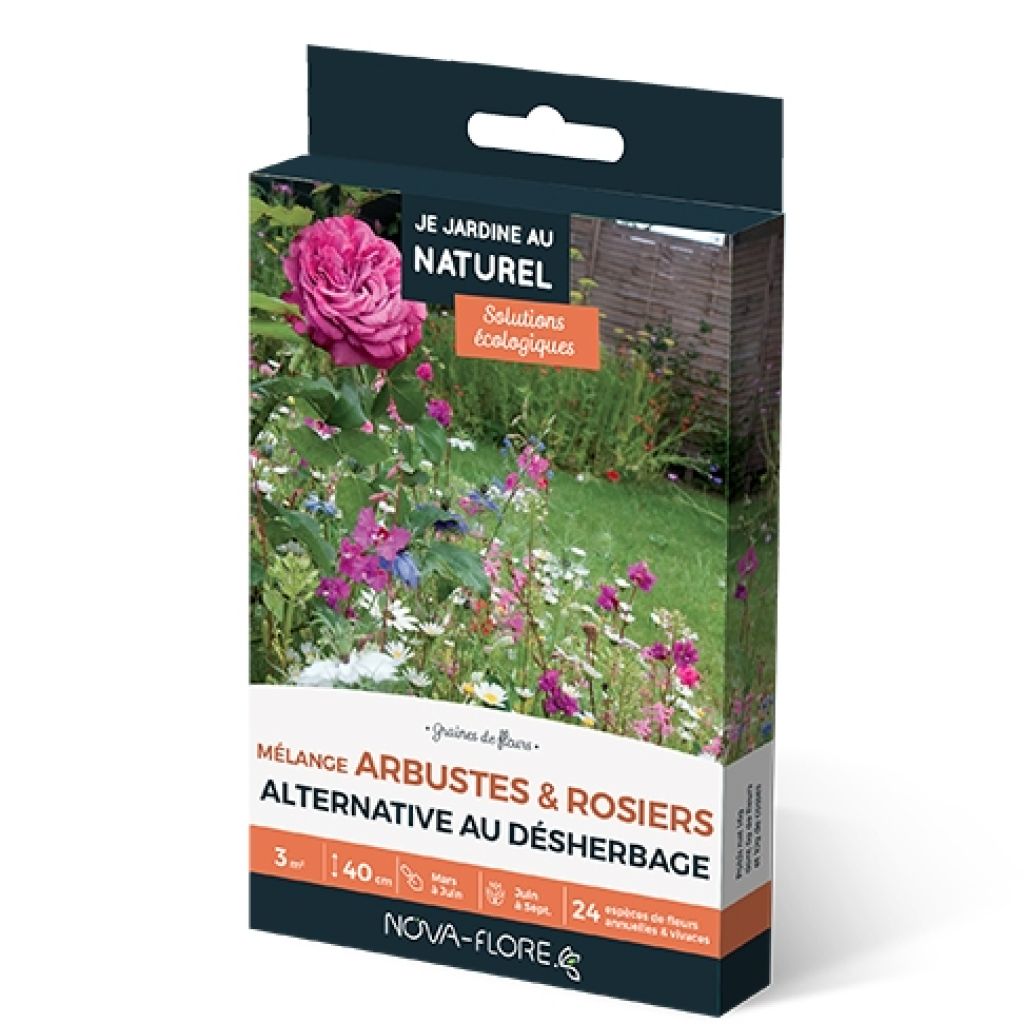

Ground cover seed mix to minimize weed growth
Ground cover seed mix to minimize weed growth
Why not try an alternative variety in stock?
View all →This plant carries a 6 months recovery warranty
More information
We guarantee the quality of our plants for a full growing cycle, and will replace at our expense any plant that fails to recover under normal climatic and planting conditions.
From €7.90 for pickup delivery and €6.90 for home delivery
Express home delivery from €8.90.
Does this plant fit my garden?
Set up your Plantfit profile →
Description
This Meadow Mix for Bushes and Roses combines 24 species of perennial or annual plants to sow at the base of bushes and roses. They form a groundcover that limits the appearance of adventive plants and therefore the need for weeding. Their staggered flowering accompanies and enhances that of the bushes, while promoting the presence of beneficial insects that regulate aphid populations and other pests. The seeds are sown in spring or late summer, in full sun or partial shade, in soil that has been freshly cleared of adventive plants, worked and loosened. The groundcover will flower for several years and some plants will self-sow wherever they please.
All the plants in this mix show rather rapid growth and easily naturalise in the garden, in ordinary, well-drained soil. Undemanding, they adapt to a wide range of soils as long as they are not too heavy with clay, too acidic, or too arid. Their flowering generally extends from April to September once all the plants are established. A packet of seeds can cover approximately 3 square meters. The size of the plants ranges from 20 cm (8in) to 40 cm (16in) in height.
Partial composition: Chrysanthemum paludossum, Brachycome, Lobularia maritima, Cheiranthus maritimus
.
The meadow mix is very fashionable and combines usefulness with pleasure: blooming throughout the entire beautiful season, it restores ecological balance, promotes biodiversity, and requires very little maintenance. Watering if the weather is very dry and mowing to a height of 10 cm (4in) in autumn will be more than enough. Invite nature into your garden: sow our flower mixes along pathways, near bushes, close to the vegetable garden, or on the slope bordering a sunken path, near your fruit trees, or in the back of the garden at the border with the countryside.
Flowering
Foliage
Plant habit
Botanical data
Cultivar or hybrid
Other Fallows and meadows in flower
View all →Planting and care
Sowing:
Sow directly in place, from March to early June, once the soil has warmed up, or in September-October, in well-prepared soil, cleared of weeds and raked. Sow thinly on the surface of the soil, broadcast, then lightly rake to cover the seeds. Roll or press down the soil with the back of a shovel. Water and keep moist until germination. Seeds can also be sown 1.5 mm (0in) deep in furrows spaced 30 cm (12in) apart. Germination usually takes 14 to 30 days.
Cultivation:
When the young plants appear, water well and remove weeds. In autumn, at the end of flowering, seeds can be collected and sown elsewhere. Water well to make the seeds adhere to the soil. Prune or mow to 10-20 cm (4-8in) at the end of flowering.
Once the plants are well established, water your bed only in case of prolonged drought.
Sowing period
Intended location
This item has not been reviewed yet - be the first to leave a review about it.
Flower seeds
Haven't found what you were looking for?
Hardiness is the lowest winter temperature a plant can endure without suffering serious damage or even dying. However, hardiness is affected by location (a sheltered area, such as a patio), protection (winter cover) and soil type (hardiness is improved by well-drained soil).

Photo Sharing Terms & Conditions
In order to encourage gardeners to interact and share their experiences, Promesse de fleurs offers various media enabling content to be uploaded onto its Site - in particular via the ‘Photo sharing’ module.
The User agrees to refrain from:
- Posting any content that is illegal, prejudicial, insulting, racist, inciteful to hatred, revisionist, contrary to public decency, that infringes on privacy or on the privacy rights of third parties, in particular the publicity rights of persons and goods, intellectual property rights, or the right to privacy.
- Submitting content on behalf of a third party;
- Impersonate the identity of a third party and/or publish any personal information about a third party;
In general, the User undertakes to refrain from any unethical behaviour.
All Content (in particular text, comments, files, images, photos, videos, creative works, etc.), which may be subject to property or intellectual property rights, image or other private rights, shall remain the property of the User, subject to the limited rights granted by the terms of the licence granted by Promesse de fleurs as stated below. Users are at liberty to publish or not to publish such Content on the Site, notably via the ‘Photo Sharing’ facility, and accept that this Content shall be made public and freely accessible, notably on the Internet.
Users further acknowledge, undertake to have ,and guarantee that they hold all necessary rights and permissions to publish such material on the Site, in particular with regard to the legislation in force pertaining to any privacy, property, intellectual property, image, or contractual rights, or rights of any other nature. By publishing such Content on the Site, Users acknowledge accepting full liability as publishers of the Content within the meaning of the law, and grant Promesse de fleurs, free of charge, an inclusive, worldwide licence for the said Content for the entire duration of its publication, including all reproduction, representation, up/downloading, displaying, performing, transmission, and storage rights.
Users also grant permission for their name to be linked to the Content and accept that this link may not always be made available.
By engaging in posting material, Users consent to their Content becoming automatically accessible on the Internet, in particular on other sites and/or blogs and/or web pages of the Promesse de fleurs site, including in particular social pages and the Promesse de fleurs catalogue.
Users may secure the removal of entrusted content free of charge by issuing a simple request via our contact form.

































